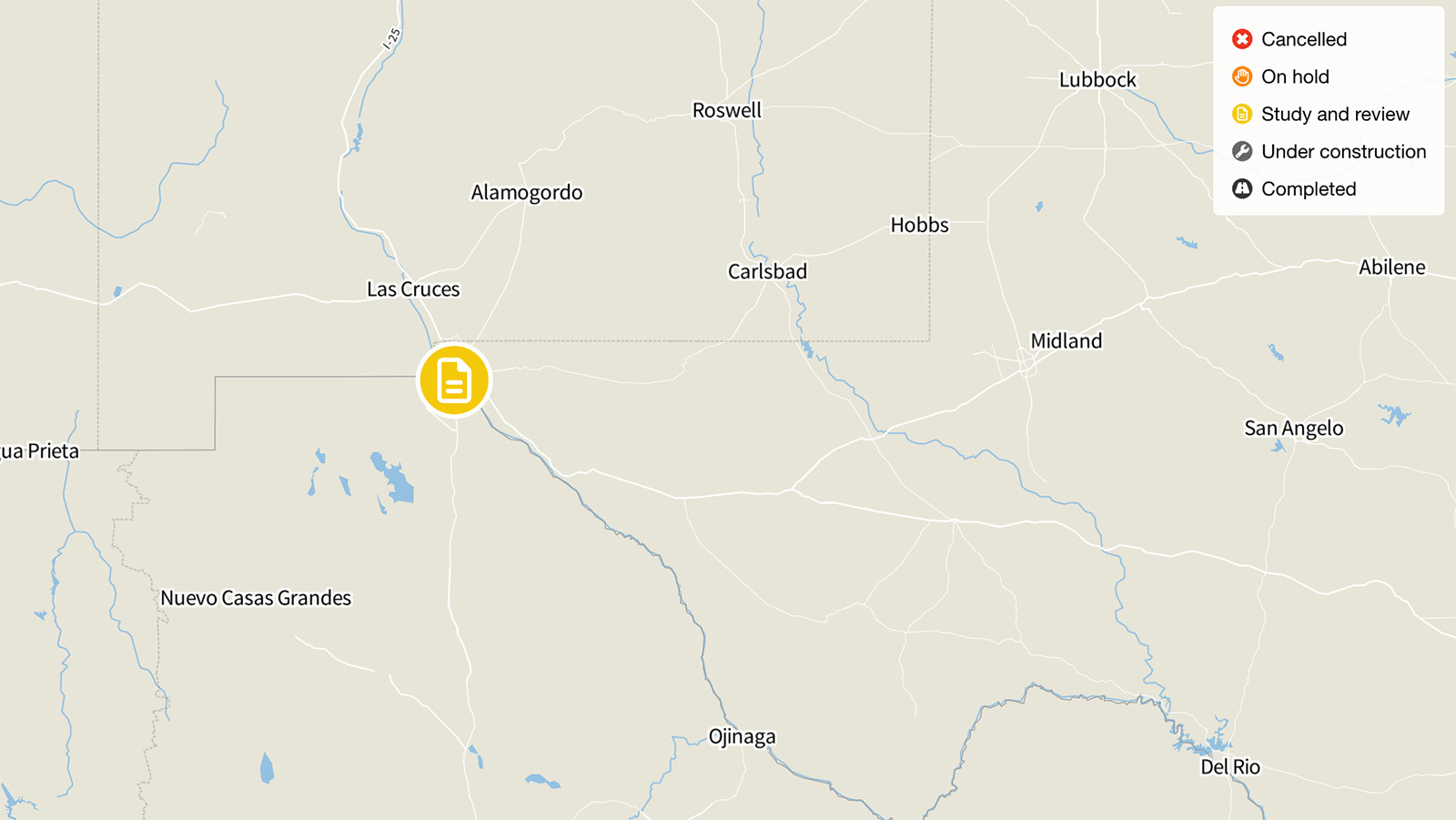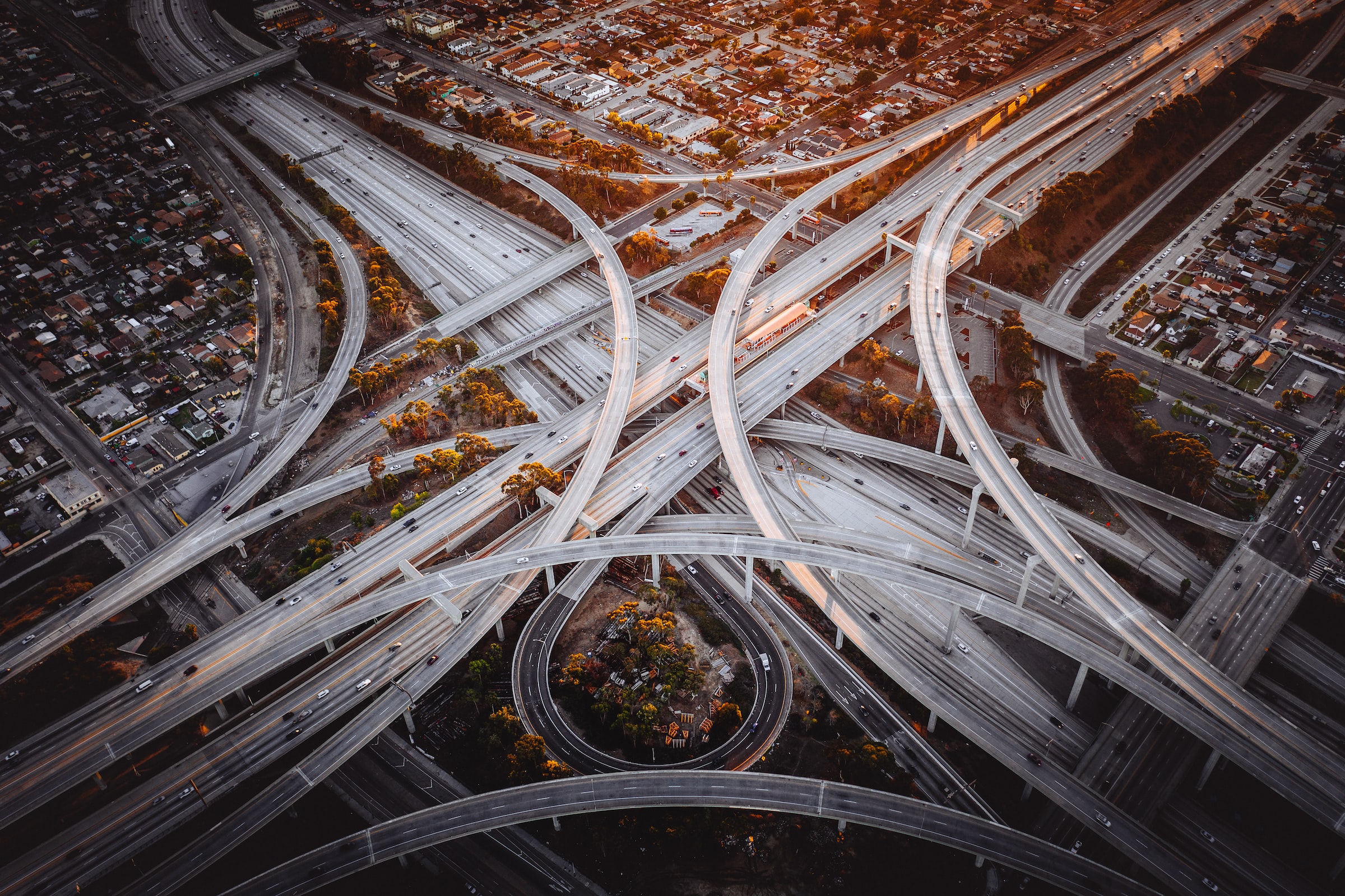
The Brooklyn-Queens Expressway, New York
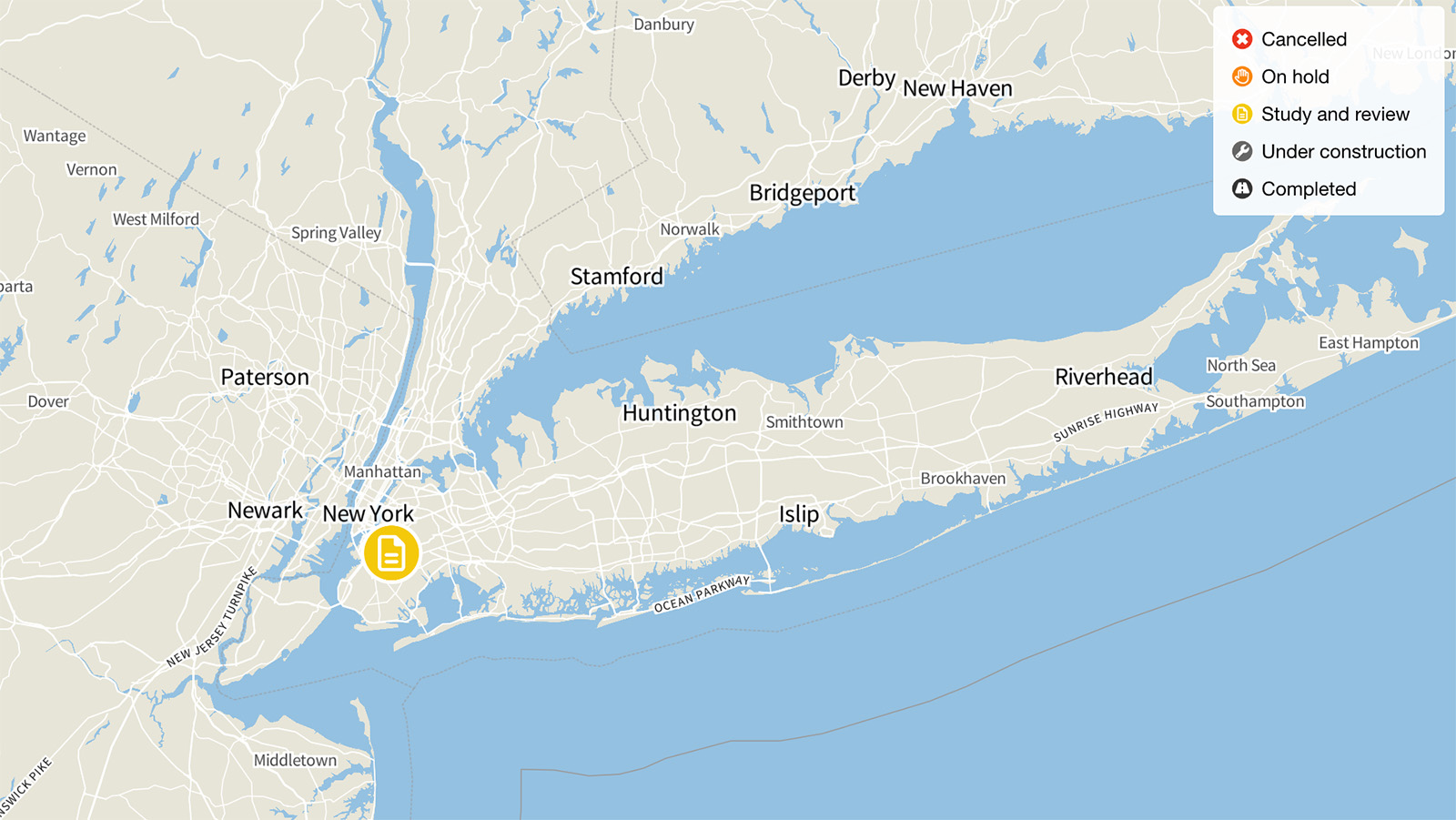
Status: Study and review
Projected cost: Cost: $1.5 billion to $4 billion
Built between 1937 and 1964, the Brooklyn-Queens Expressway (BQE) is an enduring symbol of the destructive, car-centric transportation planning of the early- to mid-20th century. Today, the BQE is Brooklyn’s only interstate highway and a major freight corridor, carrying roughly 130,000 vehicles every day – 13,000 of them trucks.
The aging highway has been in dire need of rehabilitation for decades. An in-depth assessment of the various structures along the corridor conducted by the New York City Department of Transportation (NYCDOT) in 2016 warned that if “significant repairs and replacements” are not made by 2026, it could be necessary to impose vehicle-weight limits and truck diversions to reduce weight on the highway. As a result, that year, officials announced their intention to rehabilitate a 1.5-mile section between Atlantic Avenue and Sands Street in Brooklyn.
With IIJA money starting to flow, the administration of New York City Mayor Eric Adams ditched the plan formulated in 2019-2020 by an expert panel under former mayor Bill de Blasio, which would have funded the most urgent repairs on BQE Central immediately but allowed a 20-year period to formulate a more comprehensive, long-term solution. In September 2022, the administration announced that it was “seizing [a] once-in-a-generation opportunity to speed up [a] long-term fix” for the city-owned section of the expressway, signaling its intent to expedite the project and pursue IIJA dollars to do so.
In late 2022, the administration began a process of public engagement to inform design for the 1.5-mile city-owned section of the expressway (around 12% of the BQE’s total length) including the historic triple cantilever, with the aim of beginning construction within five years. The current timeline has public engagement efforts taking place between 2022 and 2025, environmental review from fall 2023 to 2025 and design from 2025 to 2026, with construction slated to begin in 2027 and continue through 2031.
The project being proposed by NYCDOT, which encompasses multiple bridge structures along the corridor, including the triple cantilever plus numerous ramps and retaining walls, would entail not just the repairs and maintenance that the expressway urgently needs, but also its expansion.
While the final design is far from being decided, two main options are currently being evaluated: a two-lane or three-lane roadway, both of them wider than the 67-foot-wide road as it exists today. The two-lane configuration would see two 12-foot lanes plus shoulders on the inside and outside, resulting in a 38- to 44-foot roadway in each direction. In a three-lane configuration, there would be three 12-foot-wide lanes with shoulders on both sides, meaning a 50- to 56-foot roadway in each direction. Following a detailed evaluation of these alternatives, the environmental impact study is expected to begin in fall 2023.
The BQE runs through the densest neighborhoods of Brooklyn and Queens, some of it within a few feet of residential buildings, playgrounds and schools, subjecting thousands of local residents to toxic air pollution, creating dangerous conditions for pedestrians and effectively cutting off Brooklyn from its waterfront. If the administration rushes its current plans through, writes former NYCDOT Director of Policy Jon Orcutt, none of this will substantially change. Instead, “downtown Brooklyn and adjacent areas will be forever stuck with a moderately updated version of the BQE as we know it.”
In an August 2023 letter to Mayor Adams, Deputy Mayor Meera Joshi and DOT Commissioner Ydanis Rodriguez, a coalition of local civic groups called for scrapping the current “car- and truck-centric” plans and instead taking an approach more akin to Mayor de Blasio’s earlier proposal: take “immediate action” to carry out the most urgently-needed repairs to the sections of the roadway that need them, while acknowledging that any long-term planning must be part of a corridor-wide transformation that addresses, once and for all, the serious harms created by the highway. The first priority, however, should be to secure federal funding to improve public transportation to reduce the number of private vehicles on the highway, and to enact traffic reduction measures in the surrounding area.
This means taking immediate steps to implement strategies such as those already laid out in the 2020 BQE Expert Panel report, which makes a series of detailed recommendations for measures that can and must be enacted right now to reduce both car and truck traffic on the expressway.
These include closing or restricting certain ramps to and from the expressway and implementing high-occupancy vehicle (HOV) lanes to reduce traffic demand. Pricing strategies, such as congestion pricing, and split tolling on the Verrazzano Bridge, would likewise ease traffic on the BQE, as would improved transit, including adding capacity on the G line, completing the Brooklyn Queens Connector and express service on the D, R and F lines. An express bus service from Staten Island to Brooklyn and a new ferry service from the South Shore of Staten Island, providing a “park and ferry ride” program to Sunset Park, downtown Brooklyn and Manhattan, would likewise all contribute to fewer cars on the BQE.
Although trucks only account for around 10% of the current traffic volume on the BQE, measures to reduce the number of trucks on the road while keeping essential freight flowing are a crucial part of any solution to the problem of the BQE. Such strategies, the Expert Panel report suggests, could include allowing small trucks – particularly those traveling between the Verrazzano Bridge and JFK airport – on the Belt Parkway, and creating sustainable alternatives for local freight (i.e., that which originates and/or is being transported locally). Such alternatives include implementing Freight NYC, which, among other things, seeks to reduce reliance on trucks by increasing the role of “maritime and rail solutions” in freight transport. Similarly, NYCDOT’s Blue Highways Program is something local civic groups “wholeheartedly support” as a way of keeping freight flowing while reducing truck volumes on the BQE corridor.
Were its recommendations to be implemented, the BQE panel projects, they could reduce traffic volumes on the BQE by 15% or more, to roughly 125,000 vehicles per day or fewer. And its report’s conclusions reiterate the urgency of doing so: “An immediate fix for the roadway, prioritizing the safety of the public, should begin now.” Since parts of the road will likely become both unsafe and unable to carry the volumes of traffic they currently carry within just a few years, “actions to reduce traffic volumes and improve reliability – to extend the highway’s life, reduce crashes and begin transitioning users to other routes or modes of transportation – must be undertaken right away.”
Spending billions of taxpayer dollars to expand the Brooklyn-Queens Expressway does the exact opposite. Rather than fixing the myriad problems plaguing this road, it will simply ensure that the damage the BQE has inflicted on its surroundings for more than half a century continues. As Congress for the New Urbanism puts it, “as the aging highway crumbles, New York City needs to decide if there’s a better way forward. … The transformation of the BQE offers a once-in-a-generation opportunity to create a more livable Brooklyn and Queens and should be seriously considered.”
Topics
Find Out More

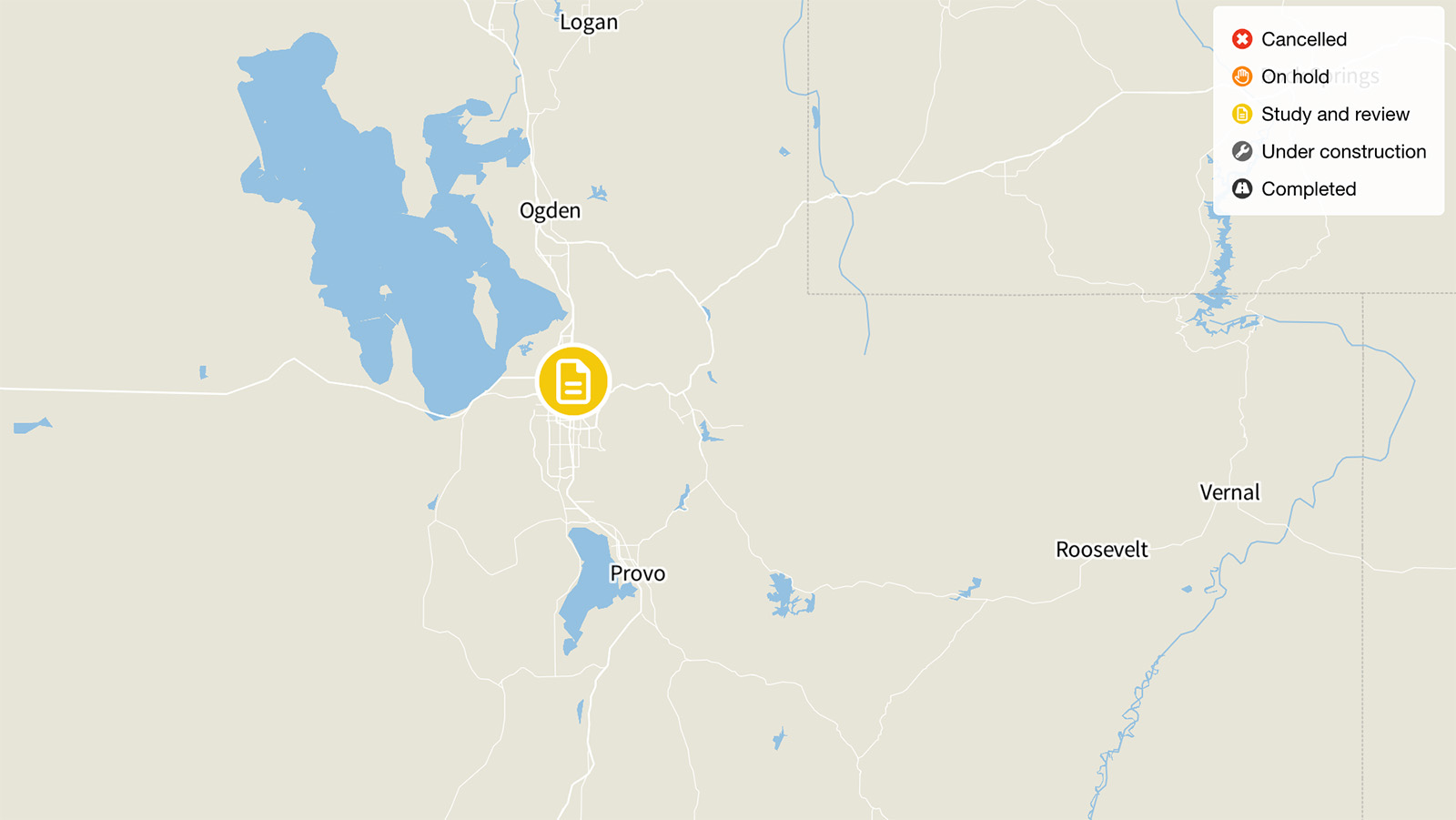
I-15 Expansion, Salt Lake City
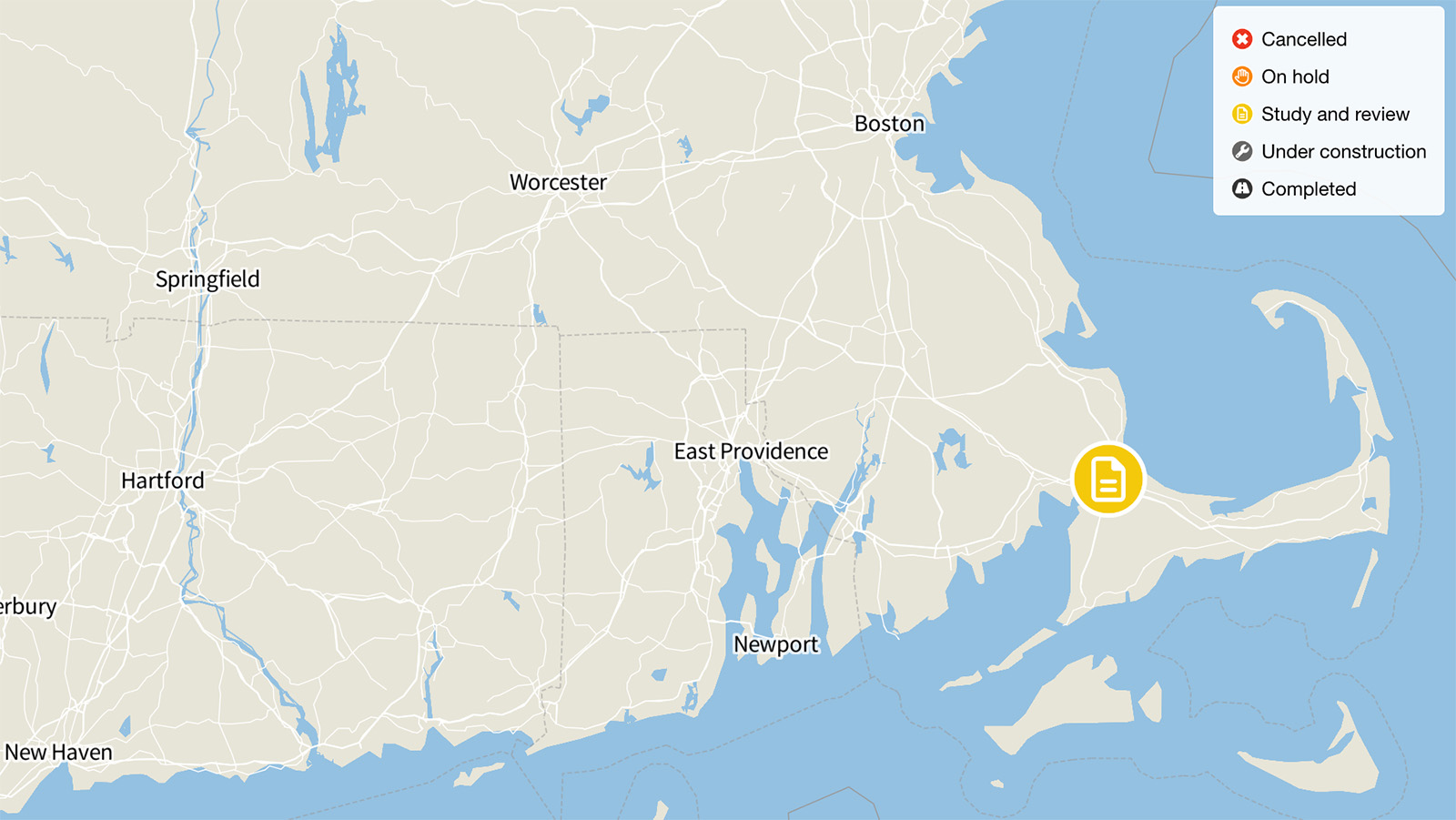
Bourne and Sagamore Bridges, Massachusetts
